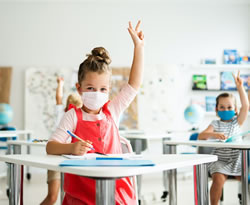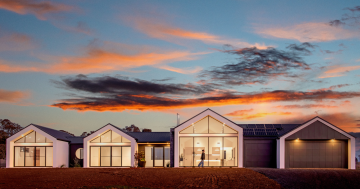 University of Queensland (UQ) research has revealed that well-ventilated school classrooms are the key to reducing the risk of COVID-19 transmission and maintaining academic performance.
University of Queensland (UQ) research has revealed that well-ventilated school classrooms are the key to reducing the risk of COVID-19 transmission and maintaining academic performance.
The findings are the result of UQ’s Study Fresh project team placing carbon dioxide (CO2)sensors in 67 classrooms across primary and secondary schools in Greater Brisbane throughout 2021.
Leader of the project, Stephen Snow said 42 classrooms recorded CO 2 concentrations above 1,800 parts per million (ppm) — a concentration which posed an elevated risk of COVID-19 transmission and might negatively affect some aspects of student performance.
“Concerningly, CO2 concentrations in 16 classrooms remained above 1,800ppm for more than three hours on one or more occasions,” Dr Snow said.
“Carbon dioxide is exhaled by humans and will quickly accumulate in poorly ventilated spaces, so measuring the quantity of CO2 provides a good estimate of the air quality in occupied rooms.”
He said being aware of the need to introduce fresh air into classrooms was of critical importance as children remained at school amid the pandemic.
“It is easy for classroom CO2 concentrations to exceed the risk thresholds for COVID transmission because we usually don’t realise air quality is declining, and most classrooms don’t have CO2 monitors,” Dr Snow said.
He said the key to improving air quality in classrooms was a simple one – opening windows, where possible, to encourage the intake of fresh air.
“Many school classrooms have had air conditioning installed, which is fantastic for Queensland’s hot climate, but not all introduce fresh air,” Dr Snow said.
“If the air conditioning is off, keep windows open, so you’ve got a constant supply of fresh air, and if you can, open windows on two or more sides of the room to create flow-through.”
He said that if air conditioning was needed, close the windows while it was running so the room could cool down, but open doors and windows in between lessons or during lunch to replace the air in the room.






